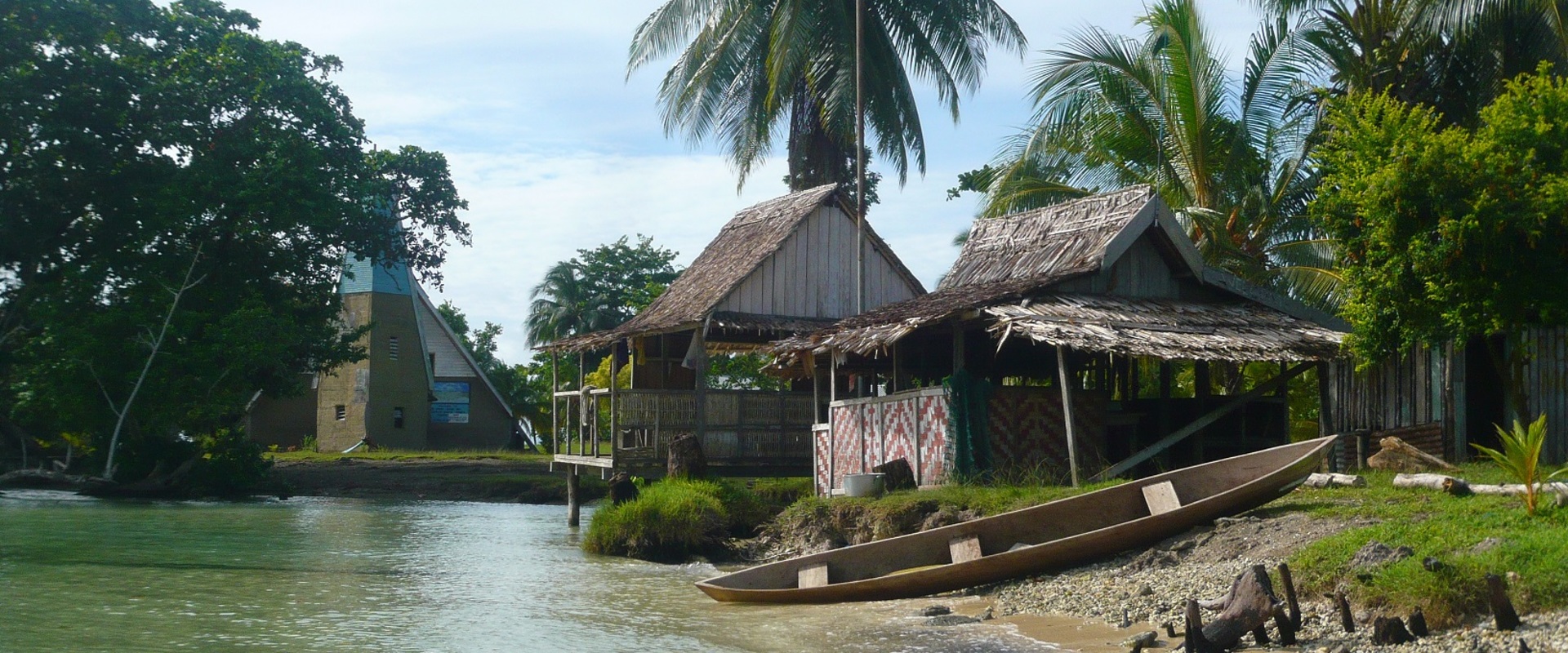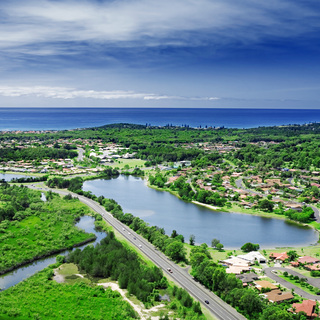Requirements
Customer: Department of the Environment (Cth)
In association with Buckley Vann town planners and the Department of Civil Engineering at the University of Queensland (UQ), we undertook a climate change vulnerability and adaptation planning study for the remote centre of Choiseul Bay, at the northern tip of the Solomon Islands. The project was funded by Australian Aid through the PACCSAP program.
This study involved oceanographic and coastal modelling to determine risks associated with tsunami and other natural hazards. Being located on the edge of the Pacific ‘ring of fire’, tsunamis resulting from local earthquakes are the biggest risk to coastal communities around Choiseul Bay.
Solutions
- Coastal, tsunami and flood modelling;
- Hazard analysis and mapping;
- Consultation with stakeholders and Traditional Owners;
- Risk identification and assessment;
- Identification and assessment of adaptation options;
- Adaptation Action Plan and Emergency Response Plan; and
- Development of Masterplan for new development and town planning provisions.
Benefits
Most development, services and infrastructure on Taro Island in Choiseul Bay was determined by the study to be vulnerable to tsunami hazards under present day conditions. The study identified risk reduction measures through extensive community and stakeholder consultation.
While there are a number of actions that can be taken in the short term to increase resilience of the existing development to tsunami risk, the long term strategy for managing climate change is relocation of the capital to a new site on the adjacent mainland Island. Land has already been reserved for this purpose. The study provided guidance on implementation of the relocation along with details of necessary planning provisions and a local planning scheme to support future development.




